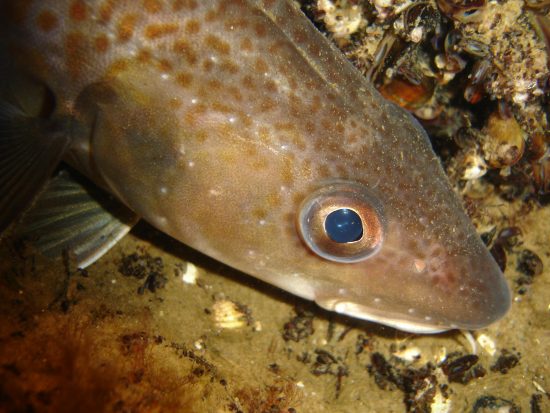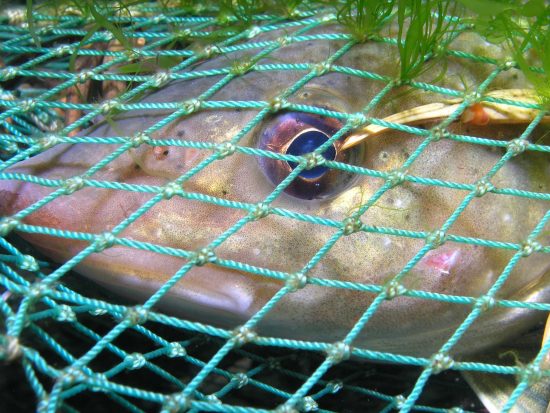Following a meeting last Thursday, the EU fisheries ministers have agreed on the maximum catch limits for cod for the Baltic Sea in 2016, setting it at 63% higher than what scientists had recommended for sustainable management of the fish stocks.
The WWF has criticised the decision, describing it as inadequate from a nature conservation viewpoint.
Stella Nemecky, a fisheries expert at WWF, described the ruling as legalised overfishing rather than sustainable management, saying that the western cod would be overfished with official approval, despite the fact that the stock was in the red in the coming season.
Although fish stocks had increased, the numbers for the western cod is growing from such a low level that it is still at risk. The fish would require ideal conditions at sea to flourish, which is not the case of the Baltic Sea.
At the meeting, the ministers had restricted the fish catches by 20%, instead of the 40% recommended by the scientific community. Besides cod, the catches of herring in the eastern part of the Baltic Sea, as well as salmon, also exceed the recommended levels.
According to Nemecky, the ministers had made little progress, and this policy puts the EU’s Common Fisheries Policy’s goal of having all fish stocks fished at sustainable levels by 2020 further in the distance. She described the Baltic Sea as a construction site of the fisheries policy.
The Baltic Sea is far from being sustainable, according to the WWF. A discard ban implemented at the beginning of the year was sluggish. The process of transforming the fisheries management into a sustainable one for cod, herring and sprat over a period of several years had hit a dead end. The design of this process – particularly in the area of catch limits – had been much debated over.
Actually, the negotiations between the EU Commission, Council of Ministers and the EU Parliament have been suspended for months; originally, the plan should have been decided and confirmed by mid 2015.
Written by
Mares
Date
29th October 2015
Where
Baltic Sea




 Mares
Mares 29th October 2015
29th October 2015 Baltic Sea
Baltic Sea